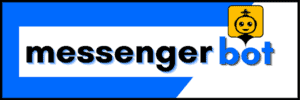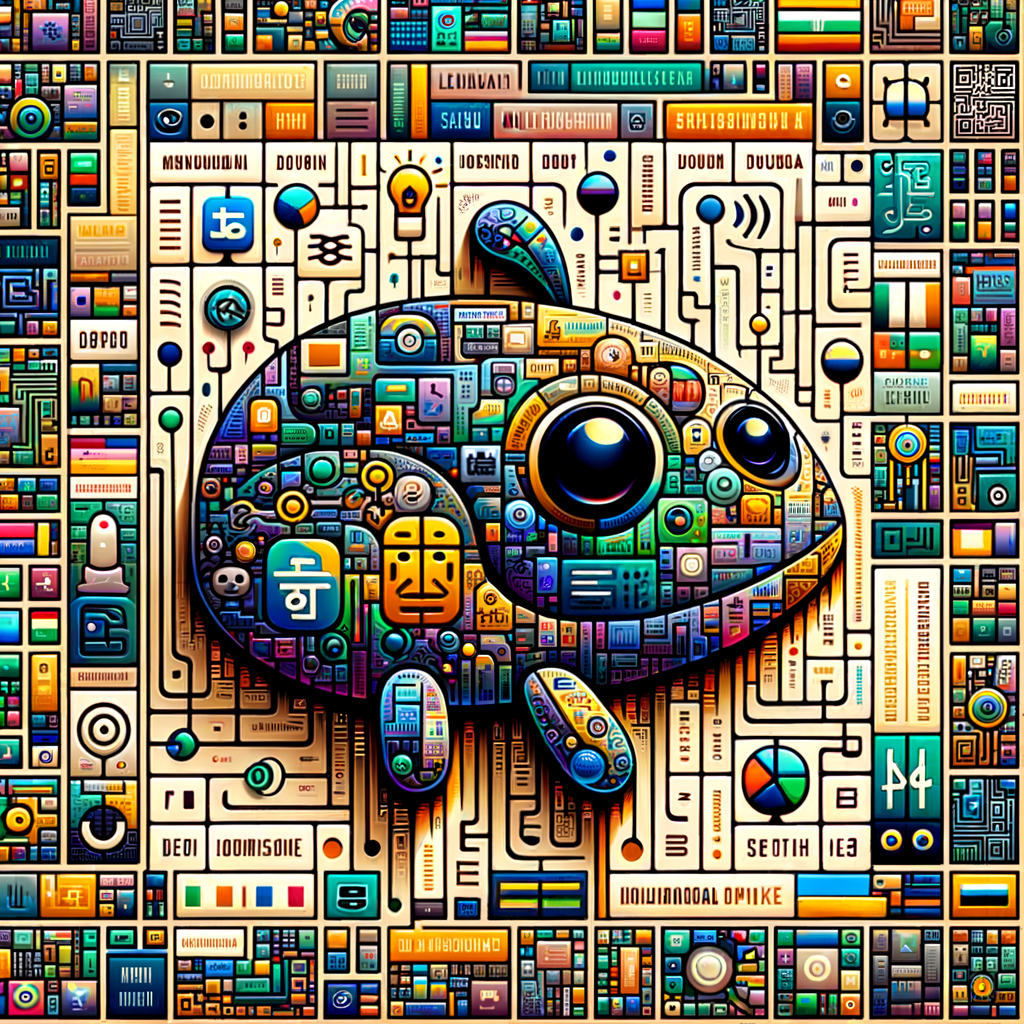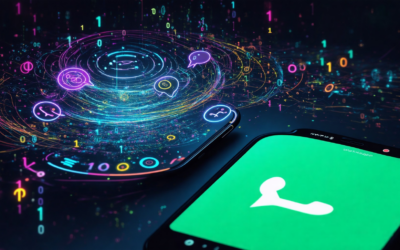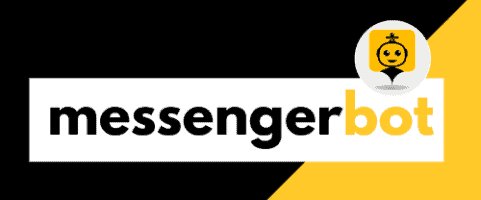In an era where digital conversations cross the borders of nations and cultures, the allure of a multilingual chatbot represents more than technological innovation; it symbolizes the bridging of a global communication divide. Within this article, we will unveil the secrets to empowering your chatbot with the gift of languages, answering the pivotal question of how to make your virtual assistant multilingually adept. Prepare to explore how this digital polyglot can help you unlock the potential of a vast and diverse audience, delve into the subtleties of multilingual chat, and discover whether users truly yearn for chatbots that can seamlessly code-mix in conversation. We will also unravel the capabilities of these linguistic chameleons writing in multiple tongues, and illuminate the abilities of AI-powered solutions like ChatGPT to transcend language barriers. Join us on a journey through the linguistic labyrinth where words hold the key to a world of untapped opportunities.
How do I make my chatbot multilingual?
Embarking on a journey toward creating a multilingual chatbot can seem daunting, but it’s essential for tapping into a global marketplace. I’ll guide you through the steps and teach you some strategies to ensure your digital assistant can cater to users from diverse linguistic backgrounds.
- Begin by choosing a chatbot platform with robust multilingual support, like the one we enjoy here.
- Design your bot’s conversation flows to handle multiple languages effectively.
- Utilize language detection software to identify user preferences automatically.
The first step is integrating language-processing capabilities which can recognize and interpret various languages. You’ll want to design your bot so responses are not only translation-accurate but also contextually relevant to the user’s culture. Also, it’s essential that your bot can switch languages mid-conversation if needed, this is a feature often overlooked but highly appreciated by users.
Ensure to test the functionality extensively across different scenarios to iron out any translation inaccuracies or contextual misunderstandings. Remember, the goal is seamless communication, no matter the language!
How can a multilingual chatbot help to reach a vast audience?
Not being constrained by language barriers paves the way towards global market expansion. A multilingual chatbot is your ally in reaching and resonating with a broader audience without breaking sweat over communication challenges.
- Connect with customers in their preferred language, enhancing user experience.
- Expand your brand’s reach by catering to non-English speaking markets.
- Automate and personalize customer service without language constraints.
Our chatbot’s multilingual capacity allows users from different cultural and linguistic backgrounds to interact with ease, thus fostering inclusivity. Such personalized experiences make customers feel valued, increasing their engagement and loyalty to your brand.
Moreover, this intelligent approach dramatically broadens your potential customer base, opening avenues for global interaction that previously might have seemed out of reach. It means you can serve a multinational audience, leading to increased traffic, higher engagement, and, ultimately, boosts in sales – all without expanding your customer service team.
What is multilingual chat?
Multilingual chat enables real-time conversation across different languages, breaking down communication barriers in customer support and expanding your business’s accessibility to non-English speakers. Let’s dig into that.
- It’s a conversation that happens in multiple languages seamlessly.
- Linguistic inclusivity in customer support and sales interactions.
- Incorporates automatic language detection and translation within the chatbot framework.
Multilingual chat transcends mere translation; it empowers users to engage in their native language, while the technology behind the scenes ensures accuracy and fluency of communication. This approach has become a fundamental component of customer relationship management in the digital age.
Being able to converse with clients in their mother tongue can significantly reduce misunderstandings and enhance customer satisfaction. For us, ensuring that every interaction is crystal clear and culturally aware is a top priority.
Do multilingual users prefer chatbots that code mix?
Research has shown that users often enjoy and respond better to chatbots capable of ‘code-mixing’ or ‘code-switching’, which is the practice of alternating between languages or dialects within a conversation. This can vastly improve user engagement.
- Code-mixing echoes natural language usage, particularly in bilingual societies.
- People often find these chatbots more relatable and human-like.
- It allows users to express themselves in a way that feels most comfortable to them.
The recipe for a successful multilingual chatbot involves more than translating words; it plays into the nuances of conversation that makes communication with it feel effortless and personalized. This cultural cognizance is why I have been advocating for inclusive tech in our digital assistants – because conversations should never feel like you’re talking to a robot.
To cater to diverse users, our platform ensures that when we calibrate our chatbots, we account for variations like regional dialects and culturally-specific phrases, offering an immersive and authentic experience. However, it’s important to monitor analytics to understand how often your users leverage this feature, and constantly update to fit their evolving preferences.
Can chatbot write in different languages?
Absolutely! Chatbots today are equipped with advanced language processing abilities that allow them to compose replies, send messages, and provide information in various languages effortlessly.
- Advanced NLP technology grants chatbots the ability to understand and write in multiple languages.
- Quality is maintained throughout language transitions to ensure clear communication.
Given that we deal with multiple users from different linguistic backgrounds, our platform ensures that our chatbots are up to the task. We use state-of-the-art NLP technology to deliver responses that aren’t mere translations but reflections of intent and meaning. A conversation in Spanish, for example, is just as engaging and contextually relevant as one in English.
This is why we have taken the steps to prioritize language versatility, aiming for natural, conversational transactions that foster positive user experience—no matter what language the conversation is happening in.
Can ChatGPT use different languages?
Yes, ChatGPT is an advanced AI language model known for its ability to comprehend and generate human-like text across many different languages. It’s a testament to how far AI chat technology has come. Now, let’s see how that plays out in practice.
- With continuous updates, ChatGPT’s linguistic capabilities keep improving over time.
- Users around the globe rely on ChatGPT to interact in their native language or learn a new one.
It’s remarkable technology like ChatGPT that has inspired our efforts in continually updating the linguistic intelligence of our chatbots. As we integrate these advanced AI solutions, we enable multicultural and multilingual interactions on our platform.
Whether it’s a customer reaching out in Italian or querying in Hindi, ChatGPT stands confidently at the forefront, ensuring sophisticated and nuanced language handling to meet user expectations on Messenger Bot.
Ready to go above and beyond with a multilingual chatbot?
Embarking on the digital transformation journey with a multilingual chatbot helps you bridge communication gaps, connect with a global audience, and elevate your customer service. It’s all about creating personal connections in a digital world.
With Messenger Bot’s free trial offer, you can explore the powerful features and capabilities of a leading-edge chatbot that truly speaks your customers’ language—literally! Get started today and make the transition from monolingual limitations to multilingual mastery and watch your customer base flourish.





